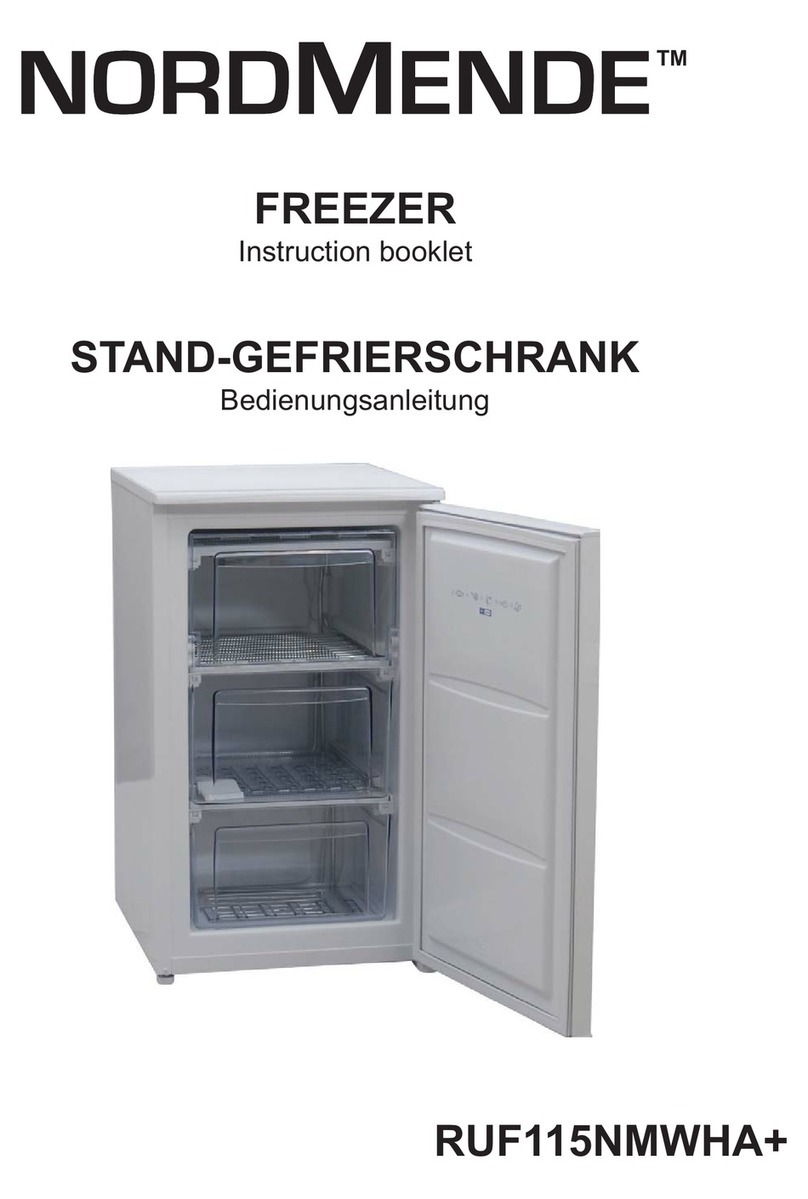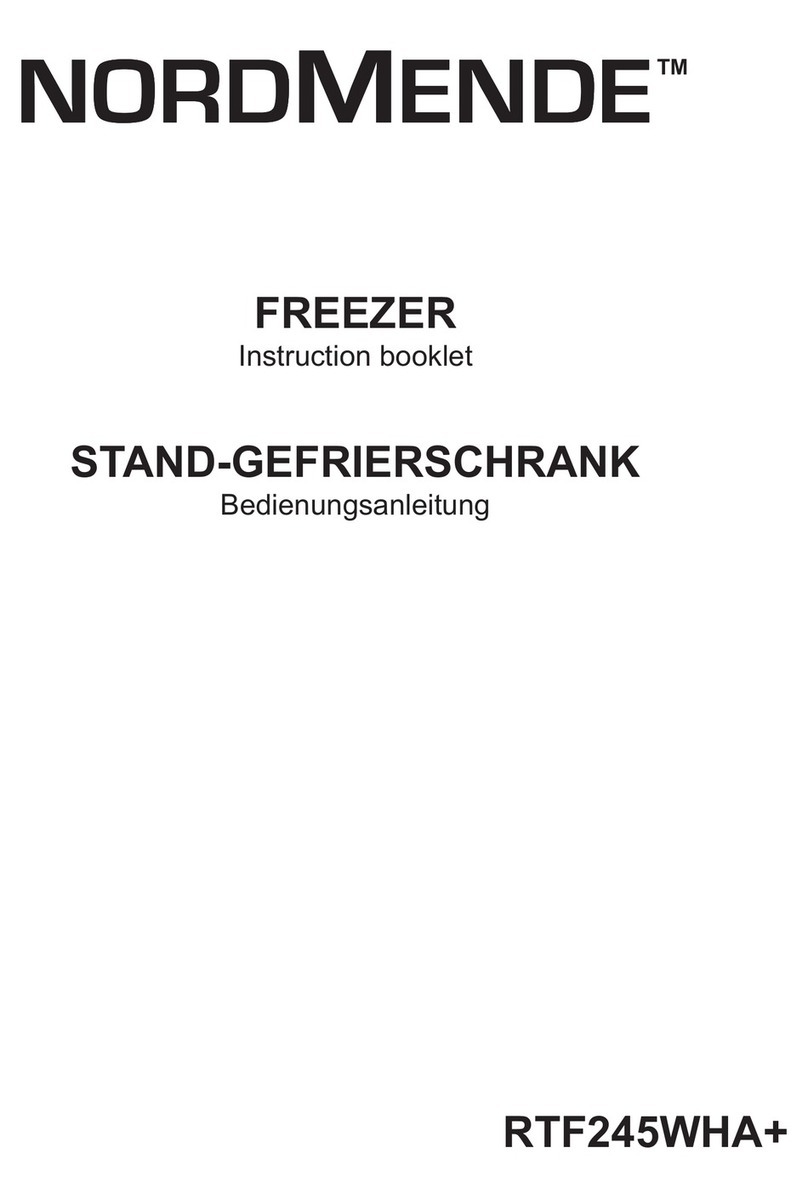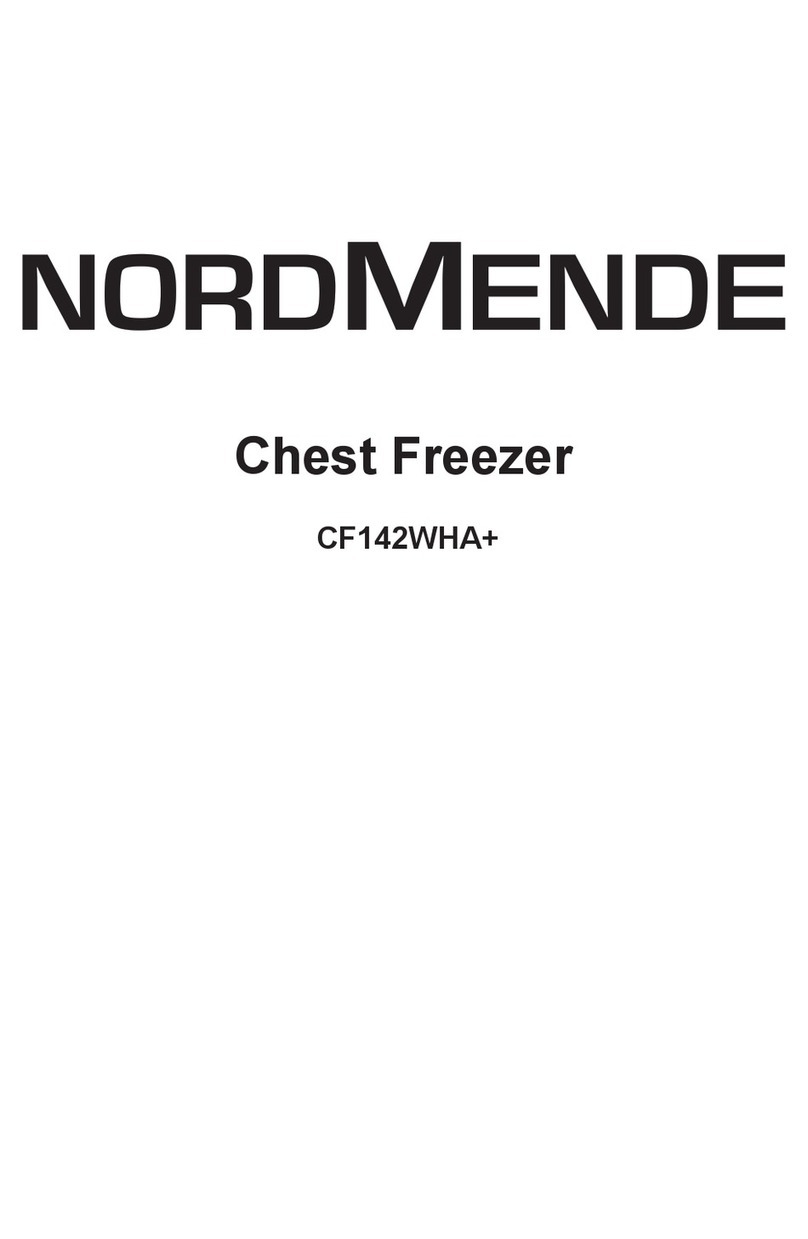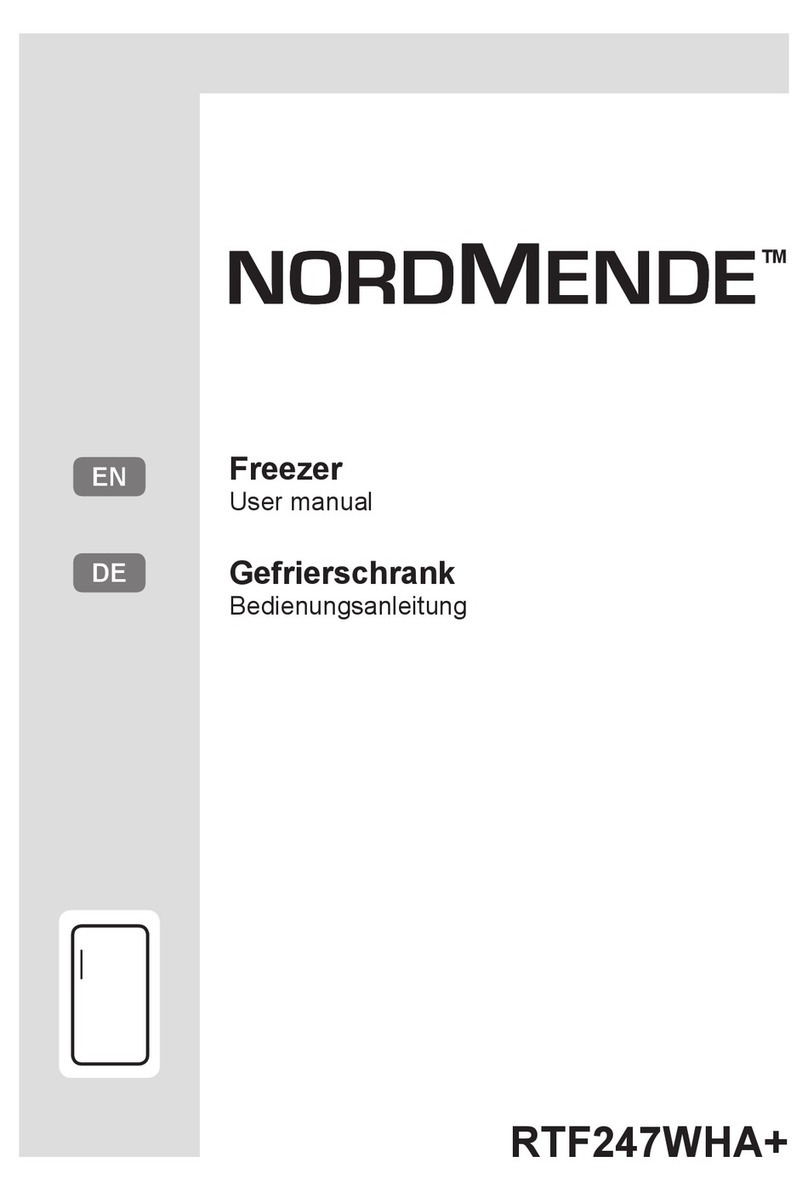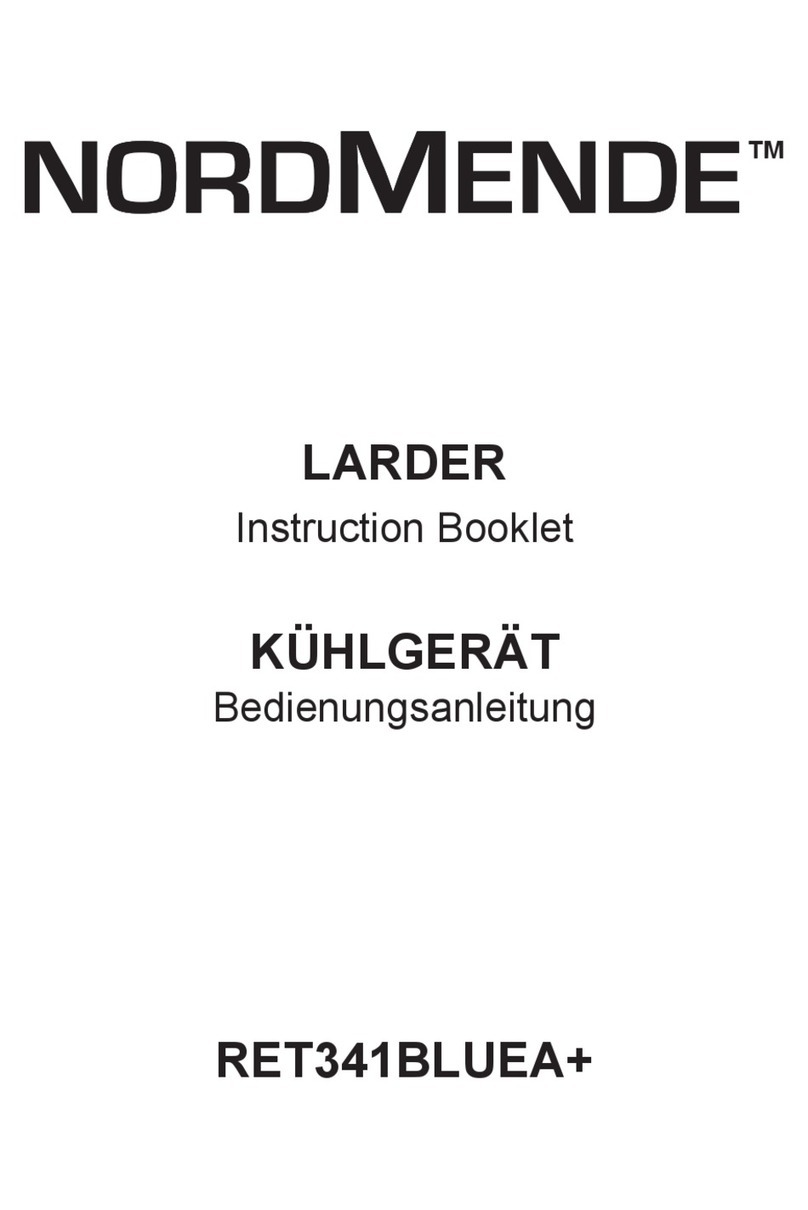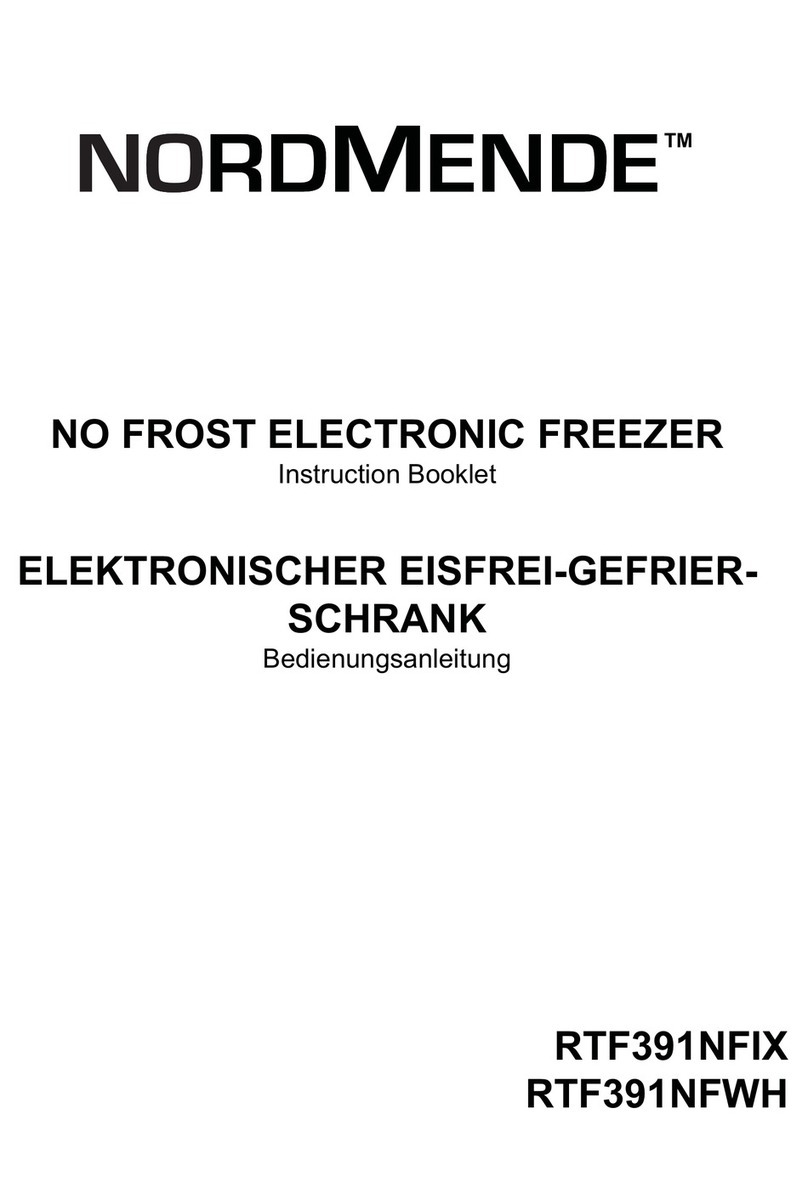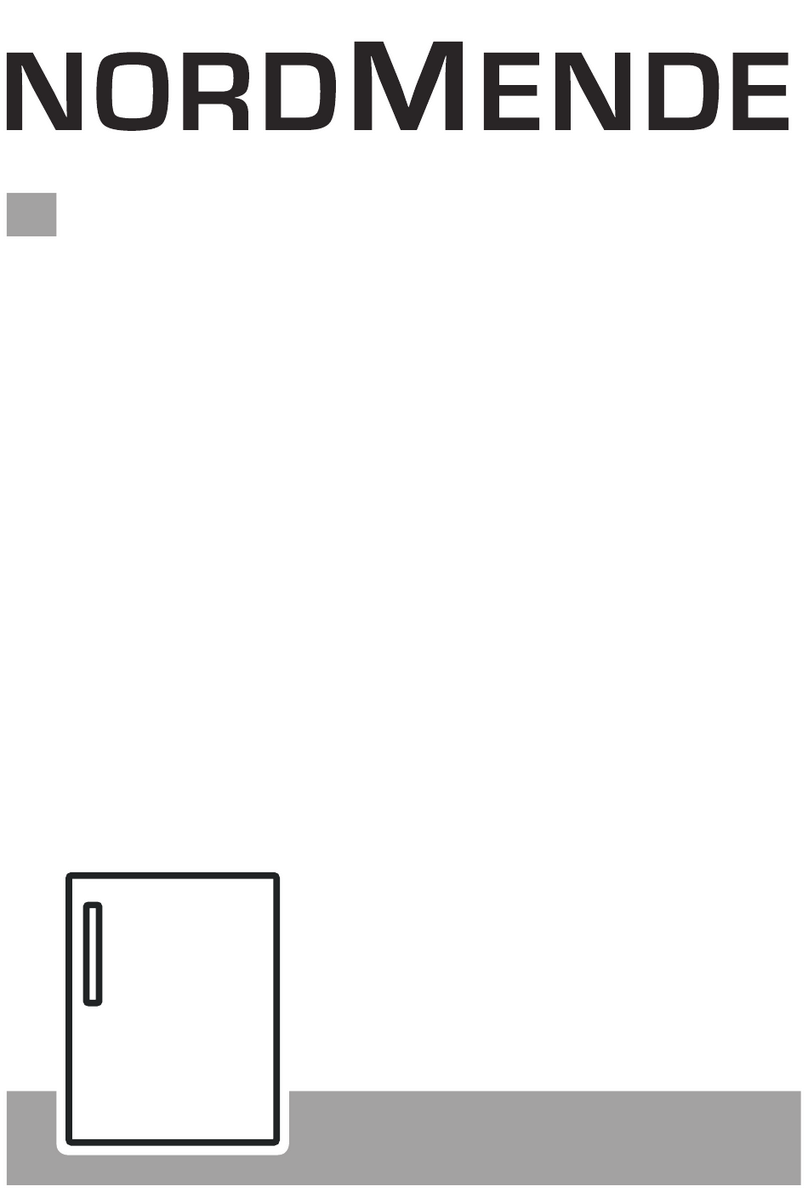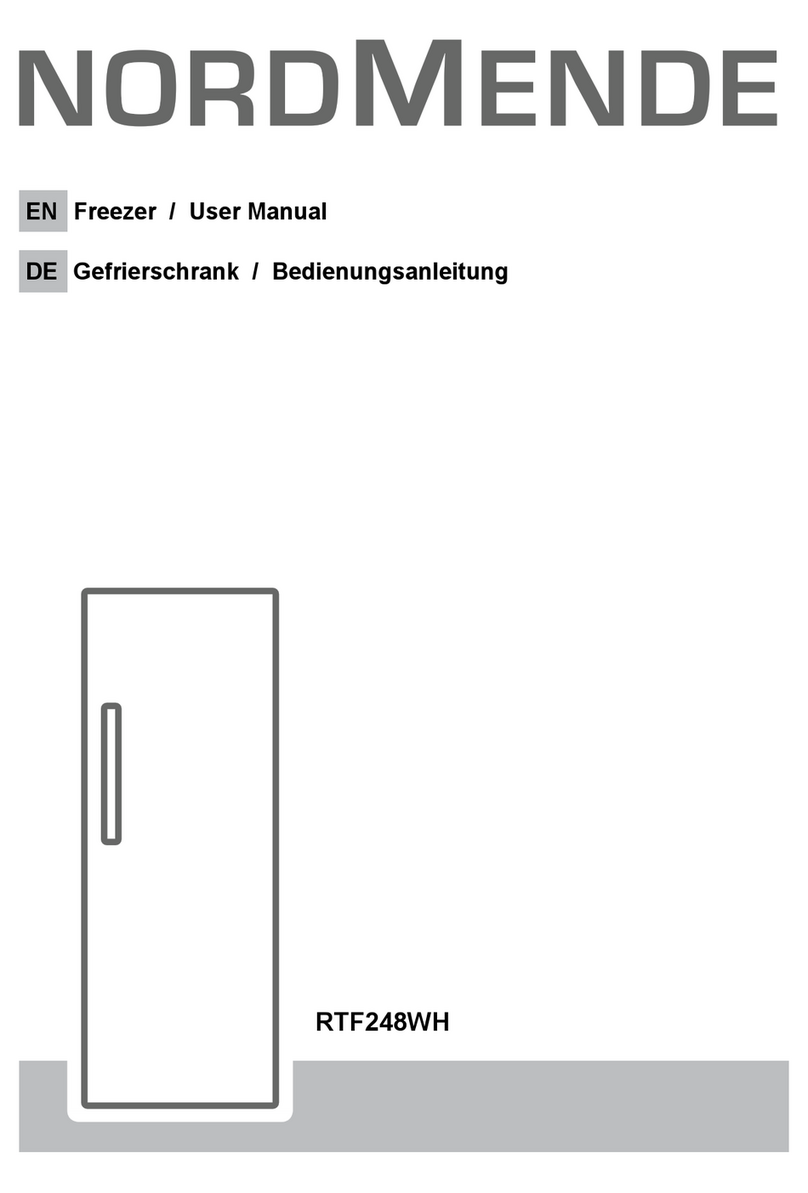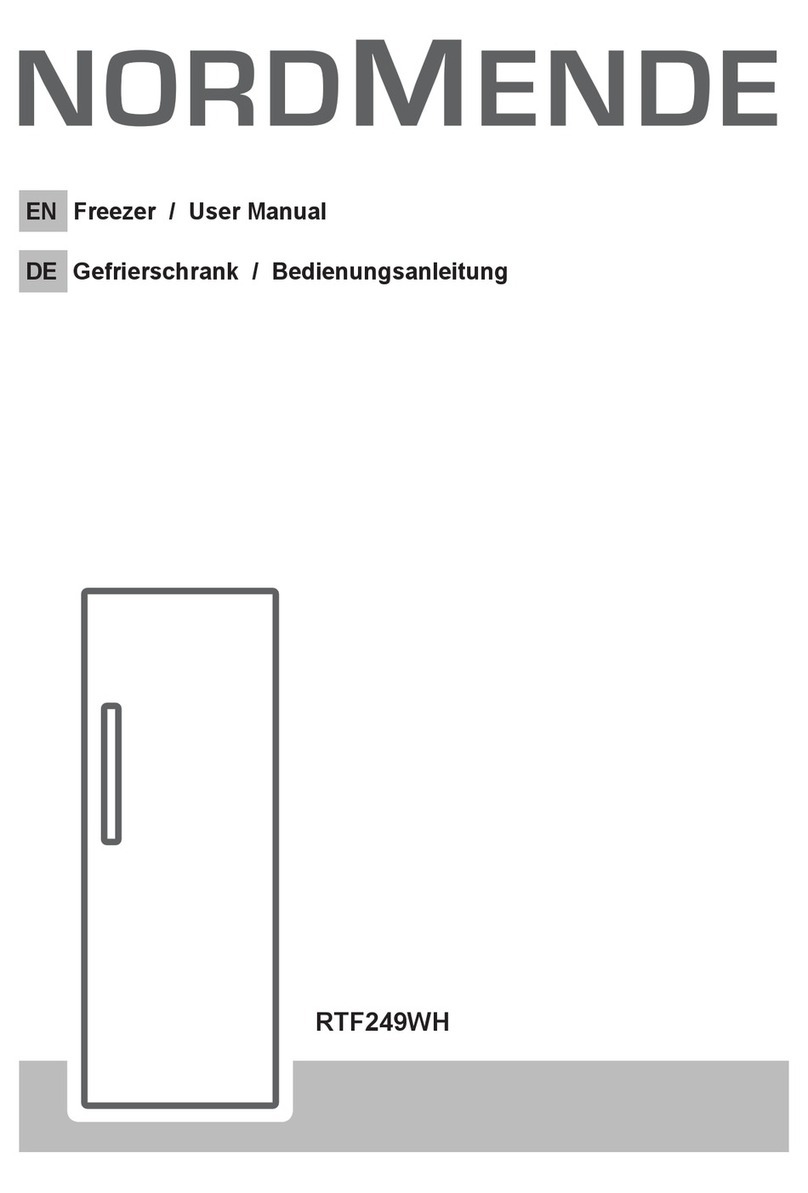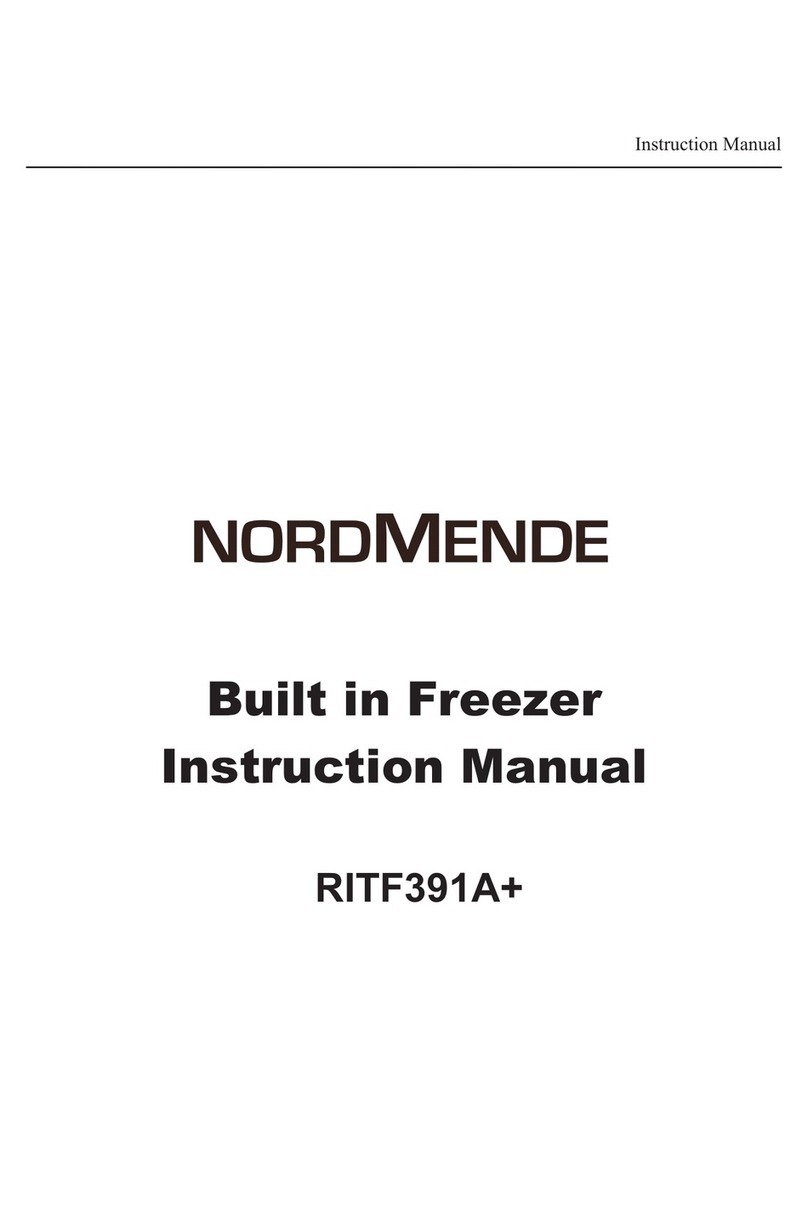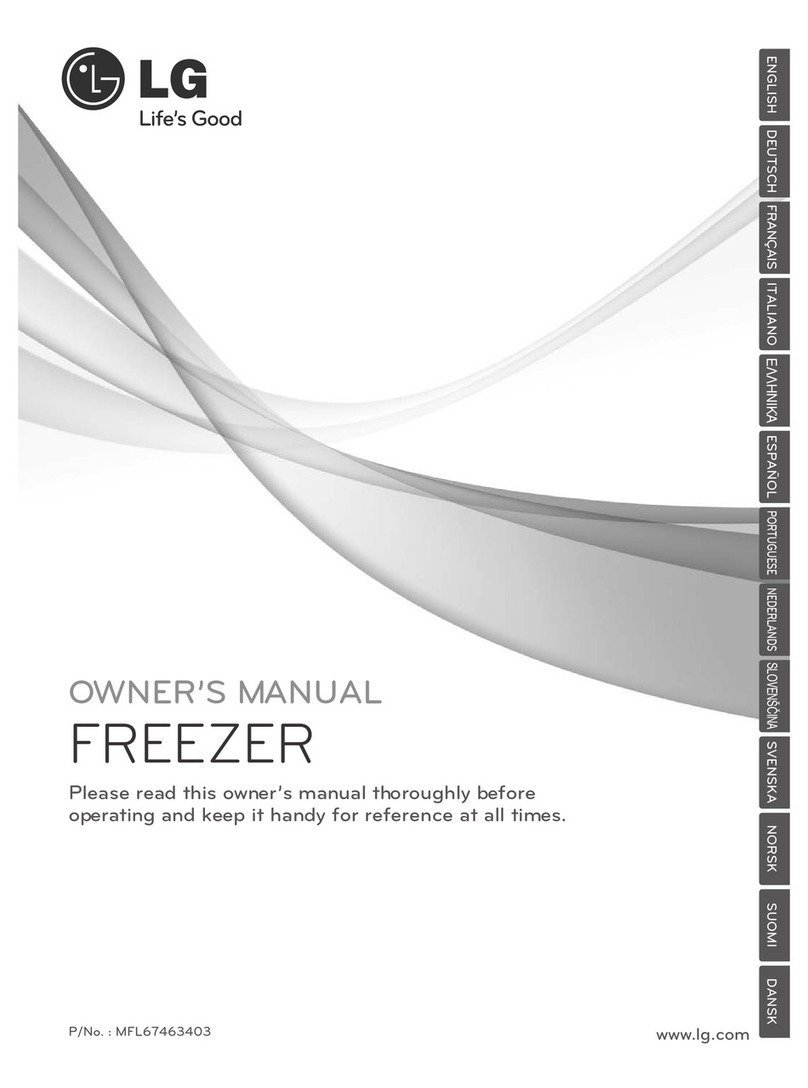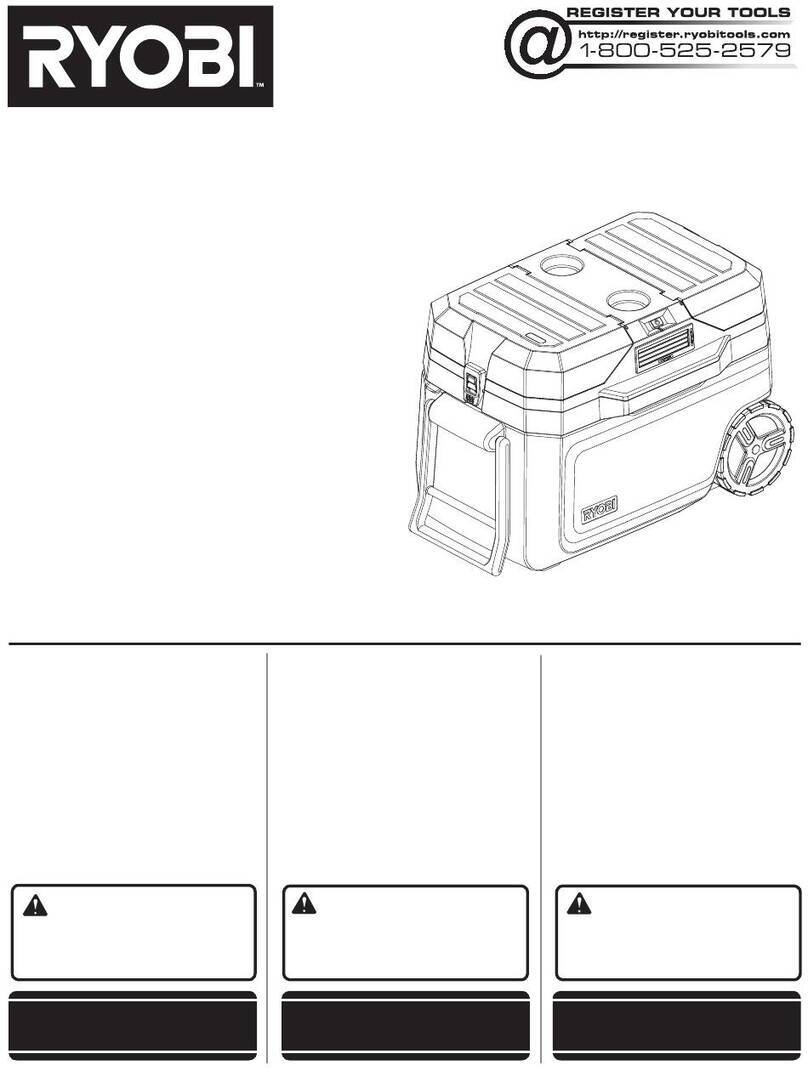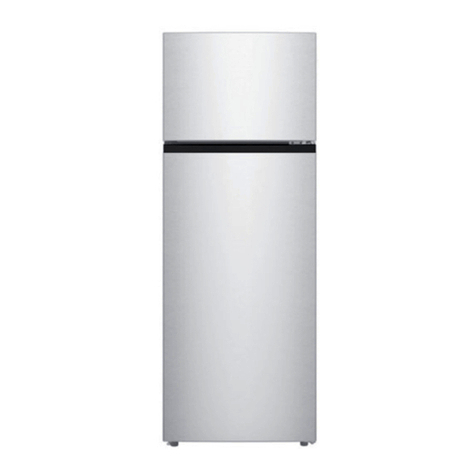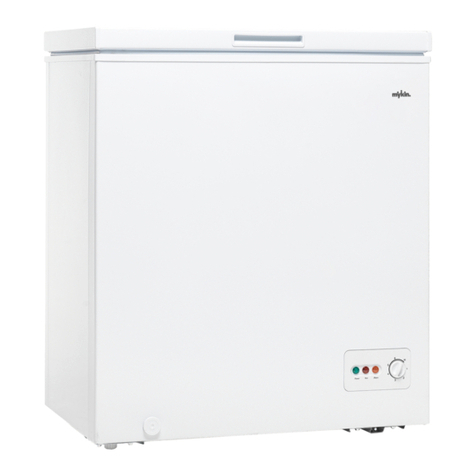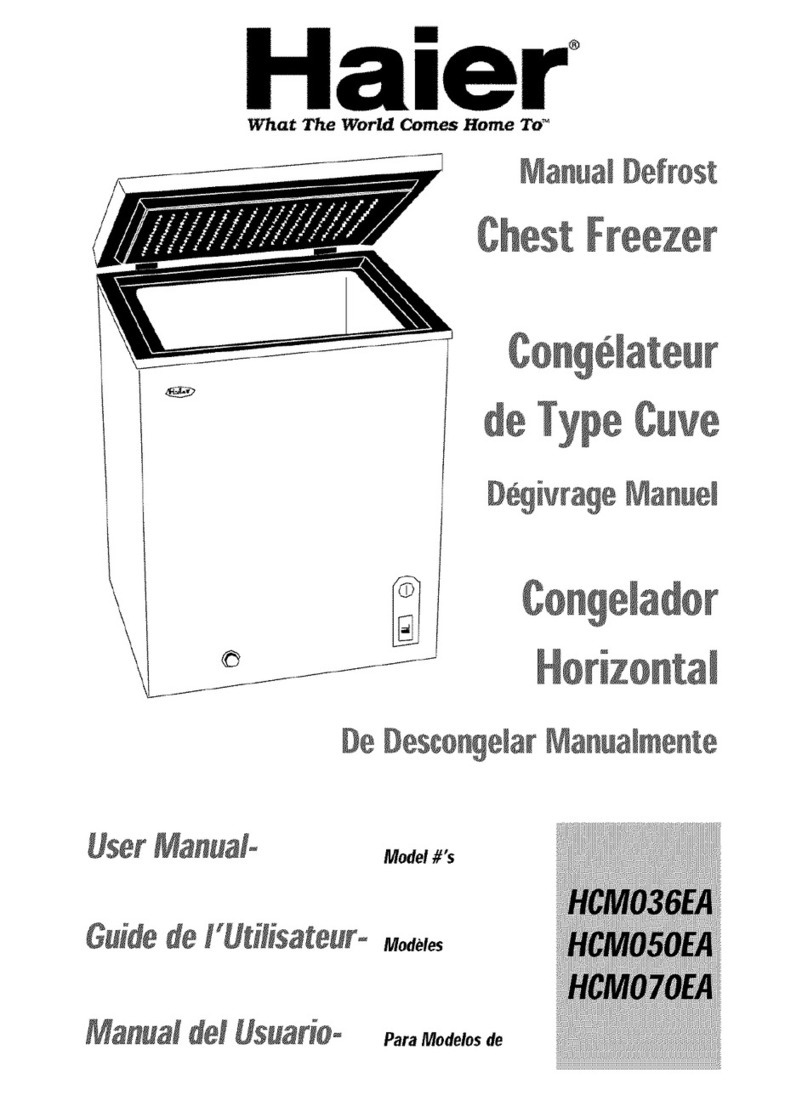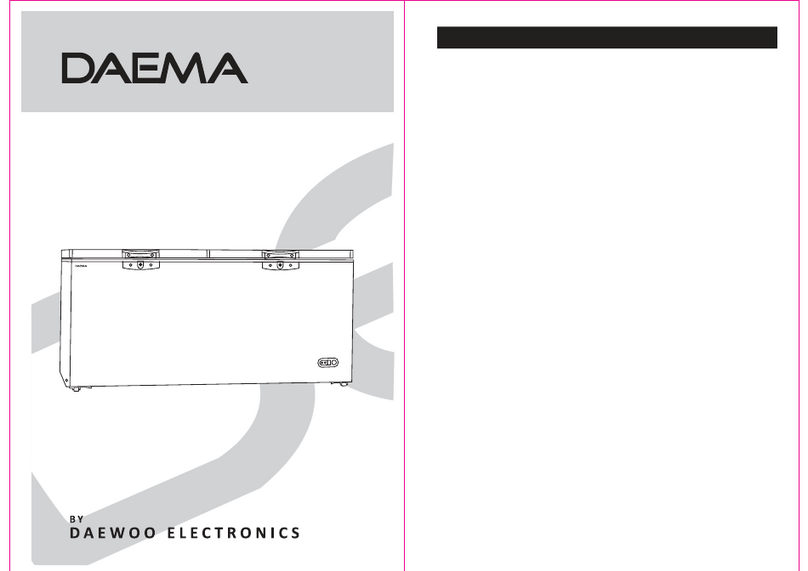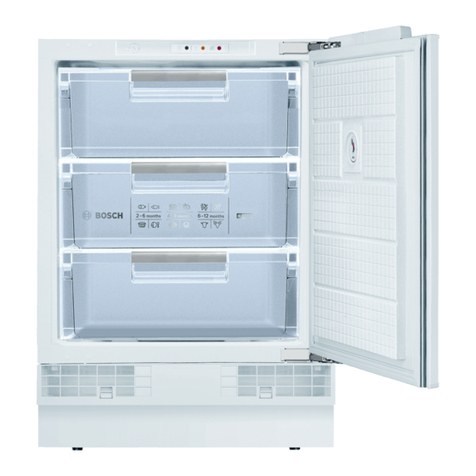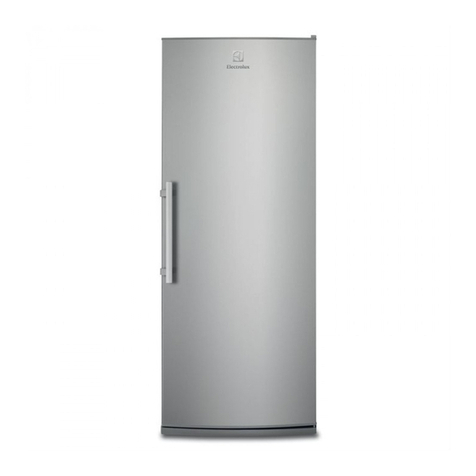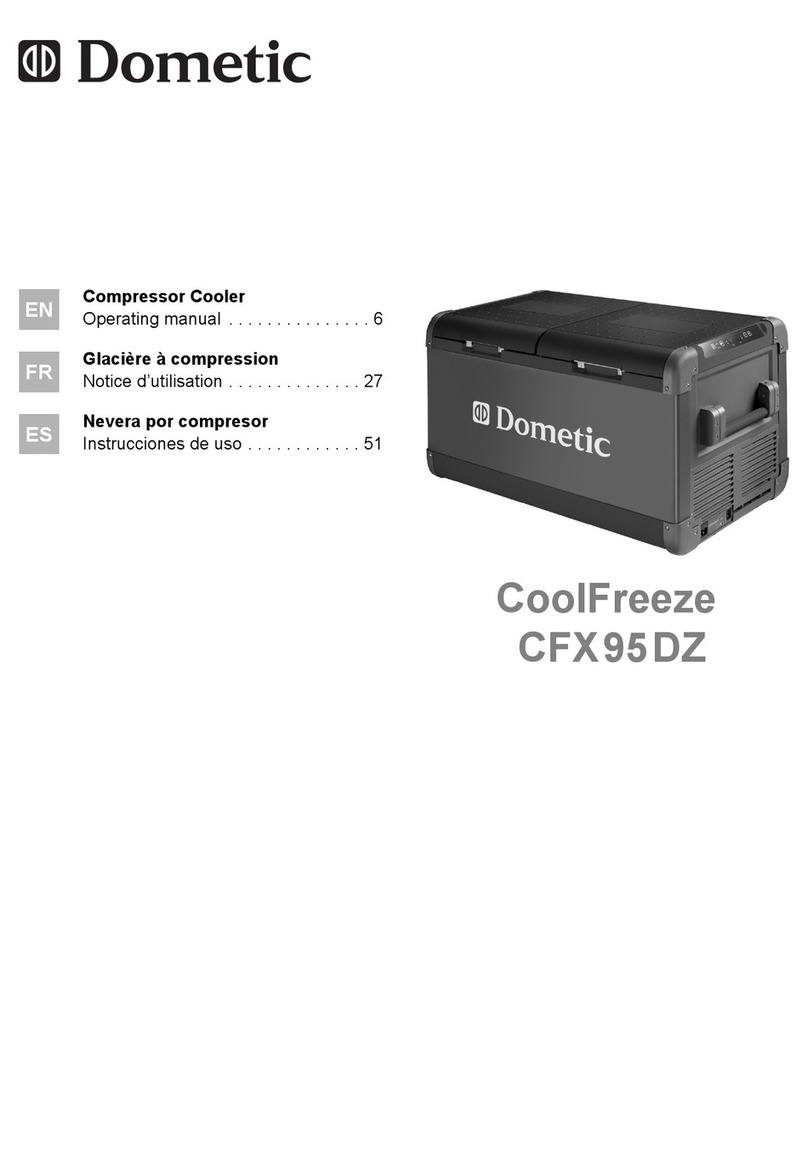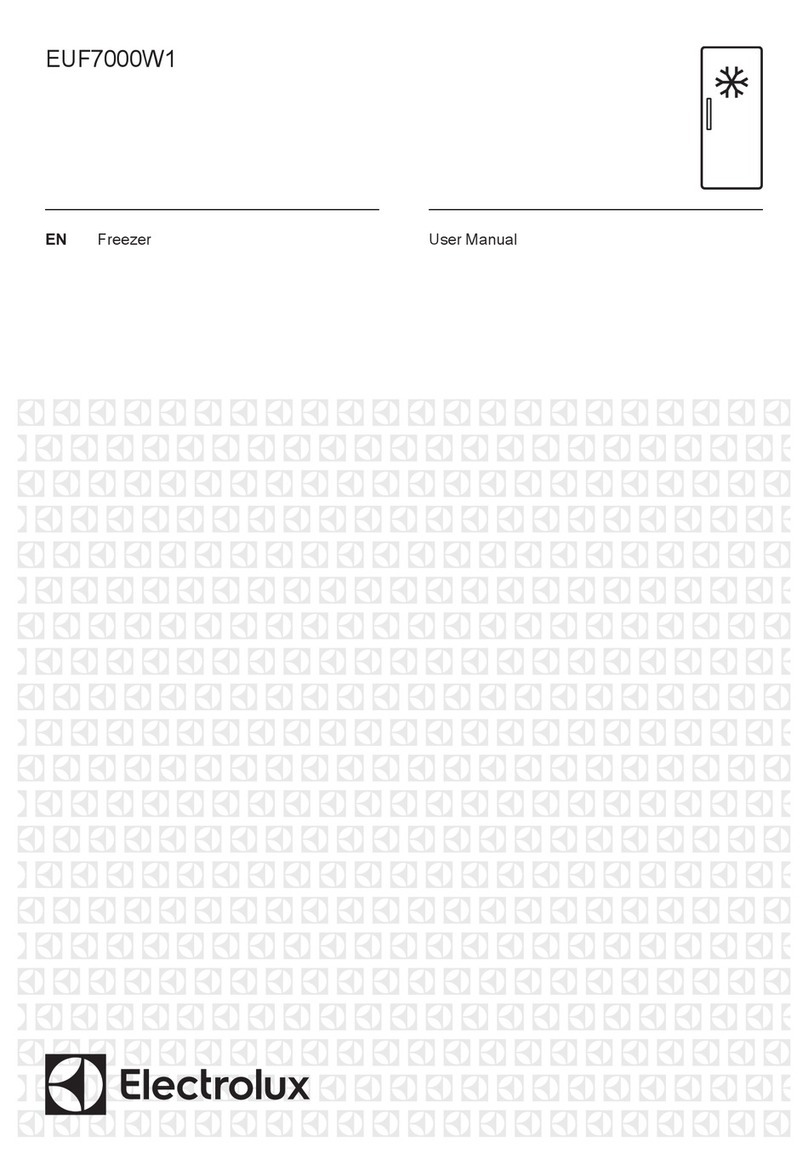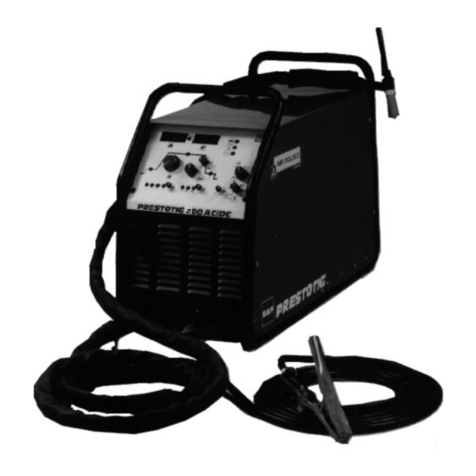
UK - 3 -
Recommendations
Warning: Do not use mechanical devices or other means to accelerate the defrosting
process, other than those recommended by the manufacturer. Do not use electrical
appliances inside the food storage compartments of the appliance, unless they are of the
type recommended by the manufacturer. Keep ventilation openings, in the appliance
enclosure or in the built-in structure, clear of obstruction. Do not damage the refrigerant
circuit.
• Do not use adapters or shunts which could cause overheating
or burning.
• Do not plug old, warped power supply cables.
• Do not twist and bend the cables.
• Do not allow children to play with the appliance. Children must
NEVER sit on drawers/shelves or hang from the door.
• Do not use sharp metal objects for removing ice on the freezer
compartment; they could puncture the refrigerator circuit and
cause unrepairable damage to the unit. Use the plastic scraper
provided.
• Do not plug the power supply with wet hands.
• Do not place containers (glass bottles or tin containers) of liquids
into the freezer especially gassy liquids as they could cause
the container to burst during freezing.
• Bottles that contain a high percentage of alcohol must be sealed
well and placed vertically in the freezer.
• Do not touch the cooling surfaces, especially with wet hands as
you could be burnt or hurt.
• Do not eat ice, which have just been removed from the freezer.
• The appliance is not intended for use by people (including children) with reduced
physical, sensory or mental capabilities, or lack of experience and knowledge, unless
they have been given supervision or instruction concerning use of the appliance by
a person responsible for their safety. Children should be supervised to ensure that
they don’t play with the appliance.
• If the supply cord is damaged it must be replaced by the manufacturer or service
agent or similarly qualified people in order to avoid a hazard.
•The plug shall be accessible after installation of the appliance.
